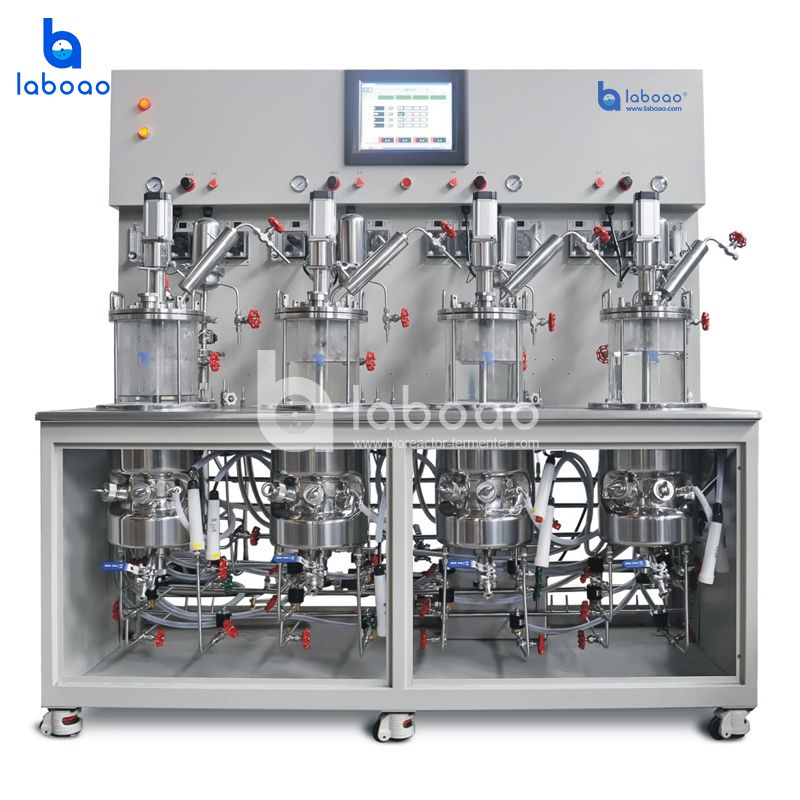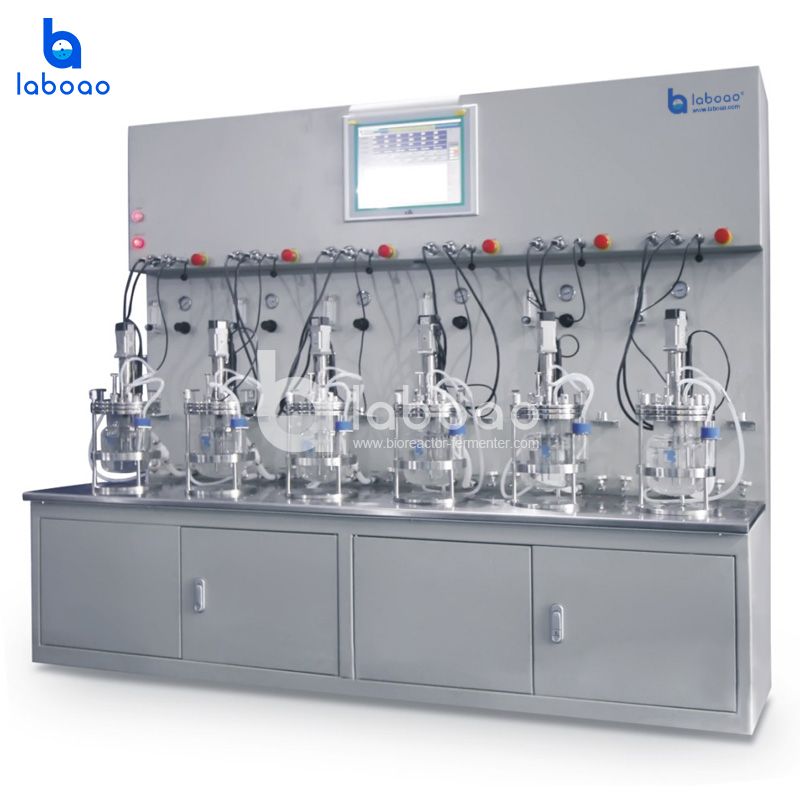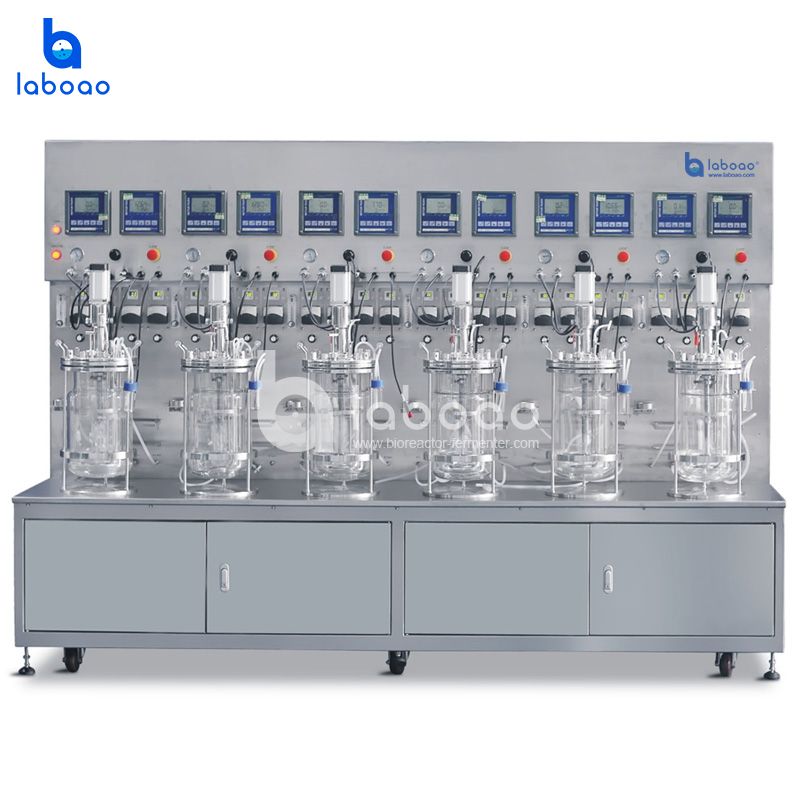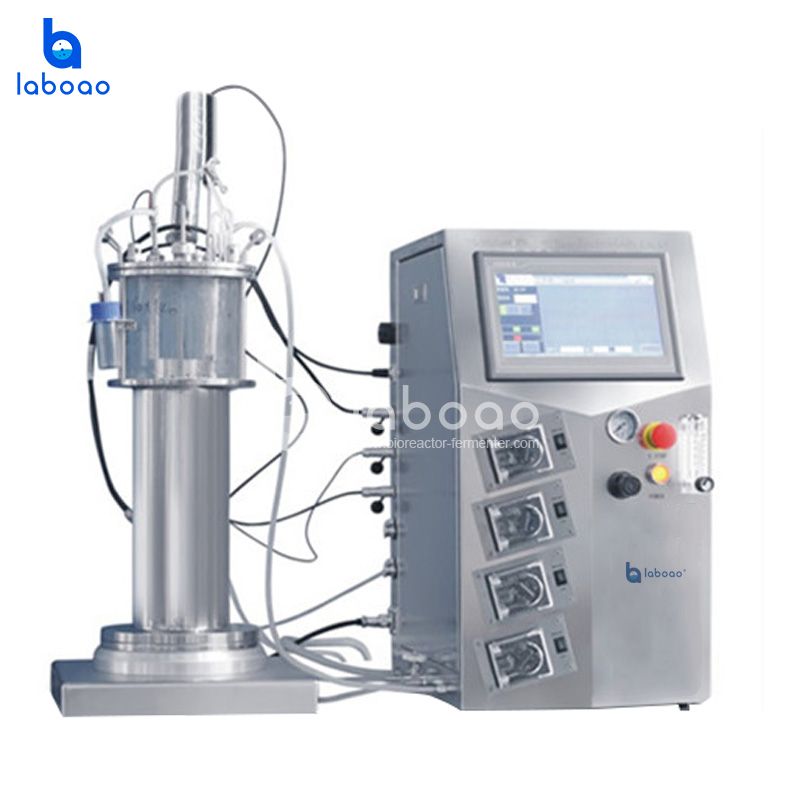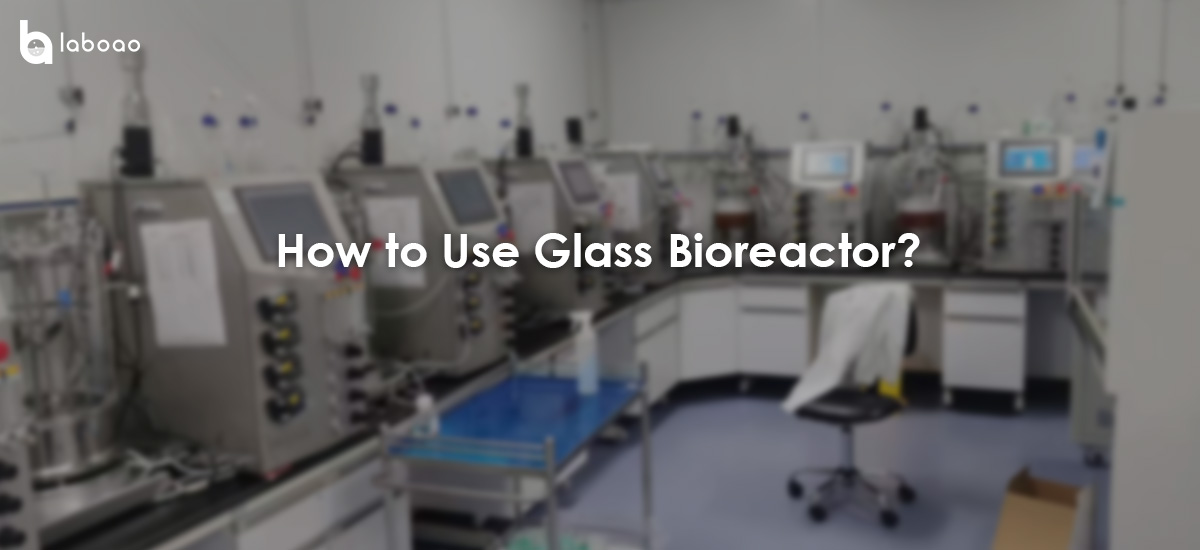
With the wider application of bioreactors, there are more and more customer consultations about the knowledge of glass bioreactors. Today, we have summarized the application, use, sterilization and cleaning knowledge of glass bioreactors.
First, Application fields of glass bioreactors
1. Use in the food industry: There are three main categories of commodities, one is the production of traditional fermented commodities, such as beer, fruit wine, vinegar, etc.; the second is the production of food additives; the third is to help solve food problems.
2. Use in the pharmaceutical industry: According to the fermentation engineering skills, a variety of drugs have been developed, such as human growth hormone, recombinant hepatitis B vaccine, certain varieties of monoclonal antibodies, interleukin-2, anti-hemophilia factor, etc. .
3. Use in the field of environmental science: the enhancement of microorganisms in sewage treatment.
Second, the use of glass bioreactors
1. Before the glass bioreactor is used, the liquid container must be cleaned with fresh hot water, and then sterilized with steam. The material slurry enters the tank from the material pipe fixed on the cylinder head, or opens the cylinder head and pours it into the tank. The material should not be loaded. Too full, so as not to splash out when the material is stirred, resulting in unsanitary or loss of the environment.
2. Heating method: When heating, the refrigerant inlet valve must be closed, put the remaining refrigerant in the jacket, then input the material, open the agitator, and then open the steam valve.
3. After reaching the required temperature, the steam valve should be closed first, and after 2-3 minutes, the agitator should be closed.
4. Cooling method: close the steam valve, drain the remaining steam condensed water in the jacket, and then open the refrigerant valve at the bottom of the tank. Let the refrigerant pass through the jacket to reduce the temperature of the material in the tank.
5. Insulation: According to the required temperature, start the stirrer, adjust the valve, and maintain the temperature (pay attention to the thermometer) in order to achieve the purpose of insulation.
Third, the sterilization method of glass bioreactor
"Sterilization" refers to the technical or technological process of killing or removing all living substances in materials and equipment by chemical or physical methods. Sterilization can be divided into two types: sterilization and bacteriolysis. The former means that although the bacteria are dead, But the shape still exists, the latter refers to the phenomenon that the cells melt and disappear after the bacteria are killed.
Commonly used sterilization techniques are generally divided into: physical sterilization and chemical sterilization. Physical sterilization includes moist heat sterilization, dry heat sterilization, radiation sterilization and filter sterilization. And chemical sterilization mainly uses chemical reagents (such as formaldehyde, phenol, selenium, peracetic acid, potassium permanganate, etc.) to sterilize certain containers or materials and sterile areas.
In terms of biological fermentation, the commonly used equipment is mechanical stirring fermentation, and the quality of its sterilization effect directly affects whether the fermentation can be carried out normally.
Fourth, the cleaning method of glass bioreactor
Glass bioreactors should be carefully cleaned before and after use, especially when different strains are used for the two cultures before and after, more attention should be paid to cleaning and sterilization. Any part of the glass bioreactor that can be cleaned should be cleaned carefully, otherwise it may become a breeding ground for bacteria. Places that are easily overlooked and cannot be adequately cleaned are the inside of the nozzle corner, the inside of the sampling tube, and the top of the tank.
